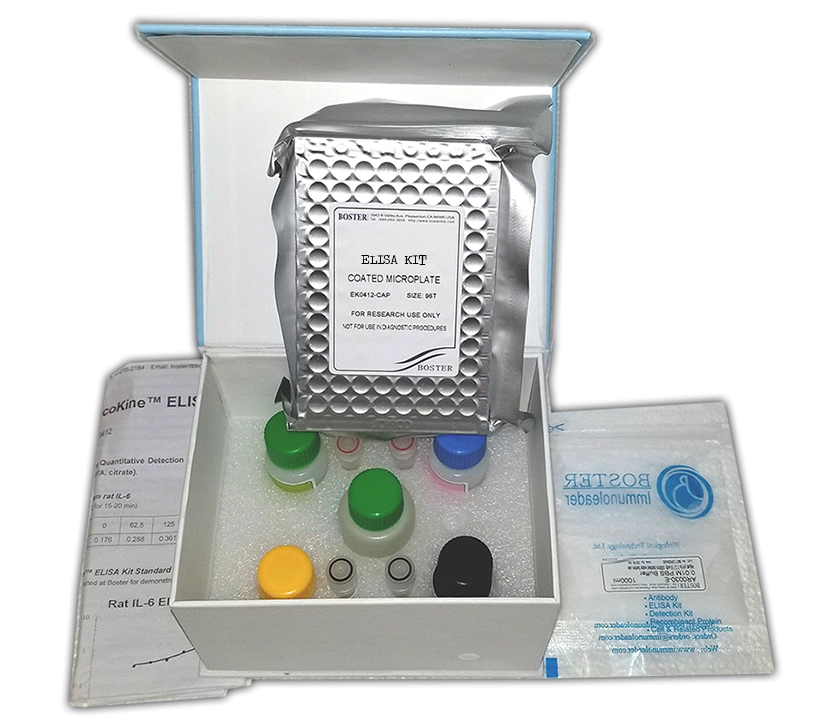Human c-Met/HGFR ELISA Kit
Product Code:
SC-EK0744
SC-EK0744
Regulatory Status:
RUO
RUO
Target Species:
Human
Human
Application:
Enzyme-Linked Immunosorbent Assay (ELISA)
Enzyme-Linked Immunosorbent Assay (ELISA)
No additional charges, what you see is what you pay! *
| Code | Size | Price |
|---|
| SC-EK0744 | 96 tests | £496.00 |
Quantity:
Prices exclude any Taxes / VAT



